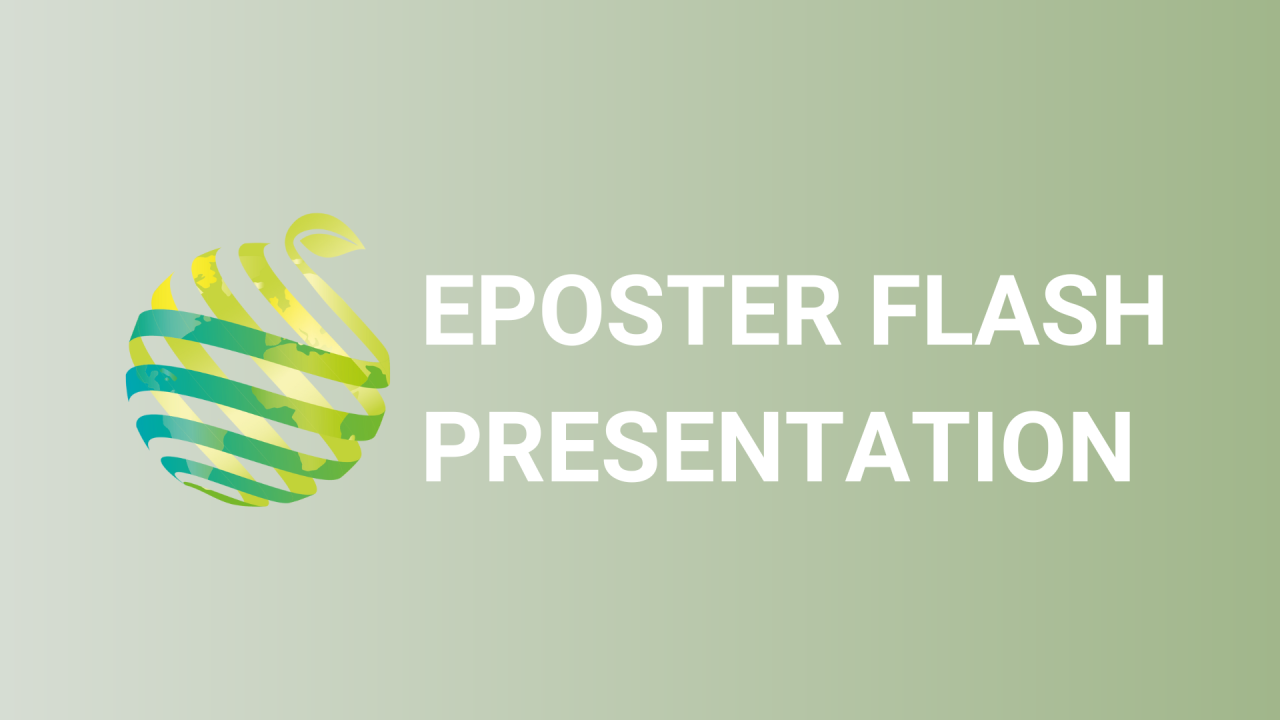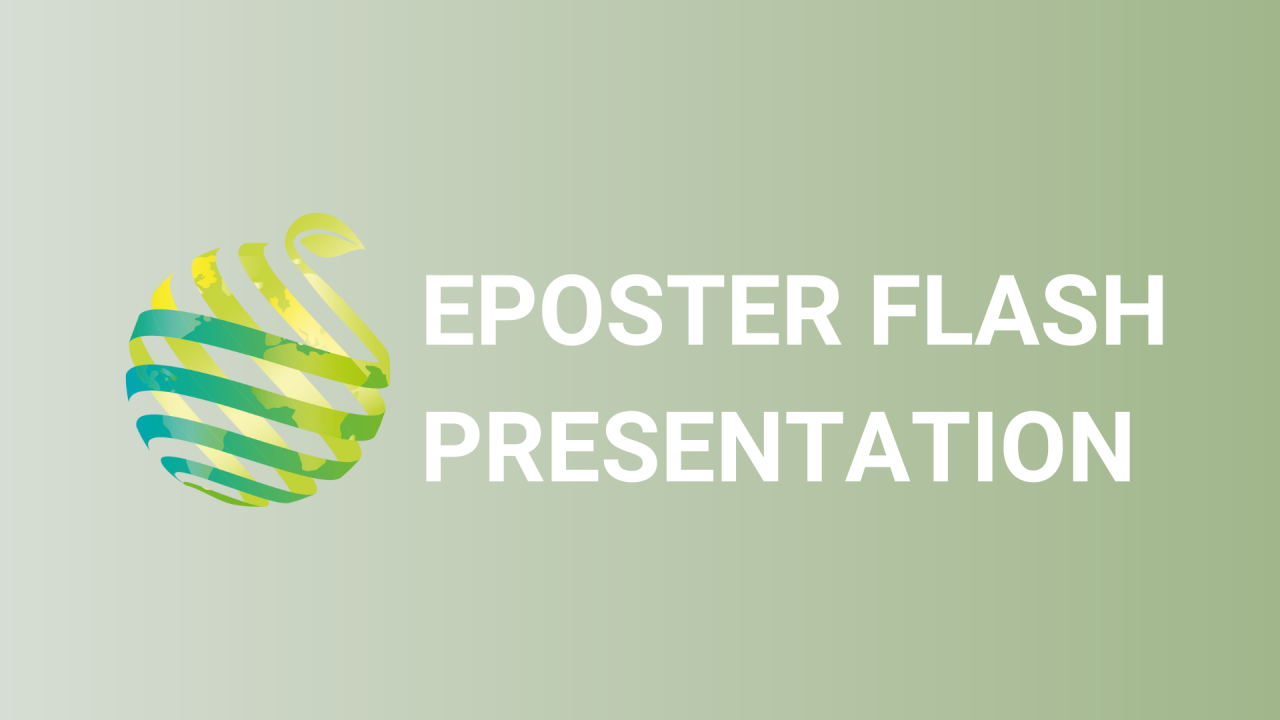

S16 - Session P2 - Effect of calcium cyanamide treatment on bud dormancy release and fruit traits of persimmon
Information
Authors: Wei-Chen Wang *, Chia-Wei Song
Mild winter results in delaying leaf budburst and reducing flower and fruit numbers on non-astringent persimmon cultivar, 'Fuyu' ( Diospyros kaki Thunb.) in Taiwan. Insufficient chilling accumulation in winter causes difficulty in bud dormancy release and lead to yield decrease and severe economic losses. To find a method which can relieve these negative influences on bud dormancy release, we sprayed calcium cyanamide solution (CaCN 2, Pharmatrade Co., Taipei, Taiwan, containing 40% N) which was diluted 25 or 50 times with reverse osmosis water on persimmon trees 5 weeks (Feb. 21) or 3 weeks (Mar. 6) before predicted leaf budburst date (Mar. 24) in 2020. Application of calcium cyanamide advanced the onset of budburst by 7 to 14 days, flowering by 0 to 14 days, and fruit ripening by 1 to 12 days. Among all treatments, treating by 50 times of calcium cyanamide diluent 5 weeks before leaf budburst had the best result. The initial bursting date was two weeks earlier and the budburst rate at Apr. 4 was 79.6%, which was 22.6% higher than control. Besides, there was no significant difference in fruit weight, length, diameter, total soluble solids, and fruit yield after thinning operation. To summarize, the treatment can improve bud dormancy release on persimmon, so it might be a possible technique for persimmon cultivation to cope with abnormal bud dormancy releasing when mild winter occurs.